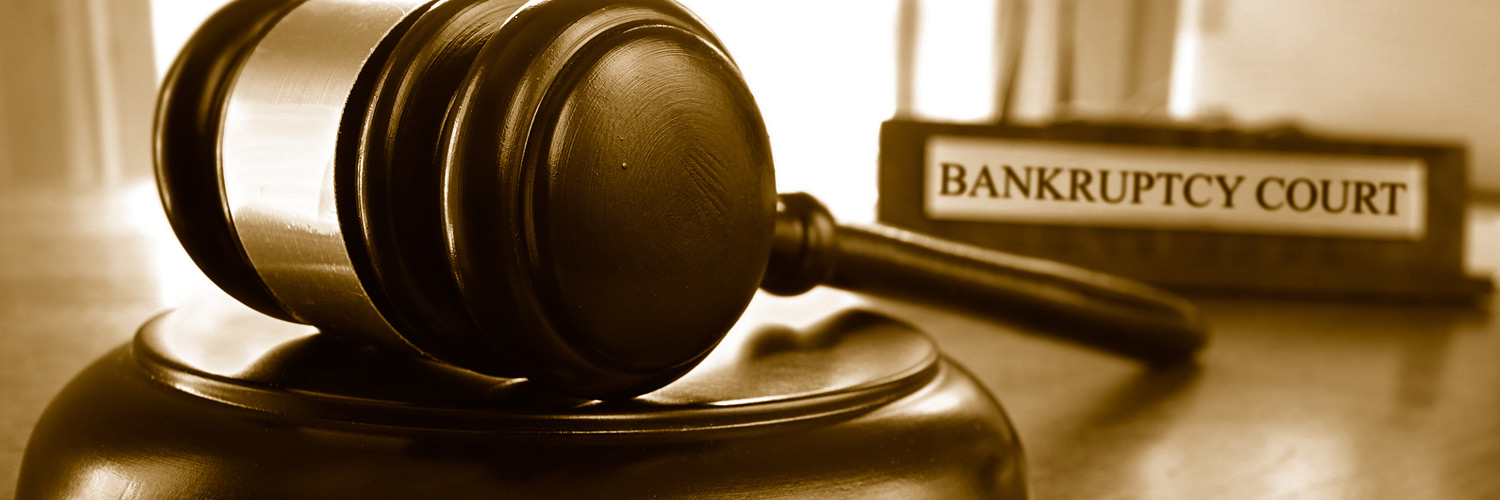
GOALS AND QUALIFYING
Goals
Consumers regularly visit my office for their free consultation with a specific Chapter in mind, often with good reason. However, there are specific components and considerations that must be addressed in order to qualify for certain Chapters, including the balancing of the consumer’s goals with the previously mentioned components.
Take for example a consumer who has a minimum-wage income and is, what is often referred to as, “cash-poor”. Although they may qualify for a Chapter 7 as far as the income prong is concerned, it may not be a good idea if this same consumer also owns a luxury sports car that does not have a loan against it. A Chapter 7 may also not be the best course of action if a consumer has low income but also needs help paying back tax debt. The reason for this is because a Chapter is not designed to help a consumer pay back their debts and therefore has not built-in payment plan like a Chapter 13 does.
Call NOW 816 287-8080
We Answer the Phone 24/7
Qualifying
What does it take to qualify? This question is more easily asked than answered, I’m afraid. The bulk of the answer is in “legalese” and honestly more geared towards those who are interested in the more technical aspects.
In the Bankruptcy Code under Section 707(b) gives the Bankruptcy Courts authority to dismiss (or boot) a consumer’s (who has mostly non-business debts) a Chapter 7 Bankruptcy if the Court determines that giving that consumer relief from their debts would be considered “an abuse” of the chapter’s provisions. Furthermore, this section specifies that there is automatic assumption of “abuse” when the debtor’s Current Monthly Income (also known as the “CMI”) is more than the median income for the consumer’s “household size.”
As defined by Section 101(10A) of the Bankruptcy Code, “Current Monthly Income” is average of a consumer’s gross income from the six months derived from all sources, with the exception of social security benefits, which ends in the month before the Debtor files their bankruptcy. The household income includes any funds regularly contributed or paid by another person, or entity, towards the consumer’s household expenses.
